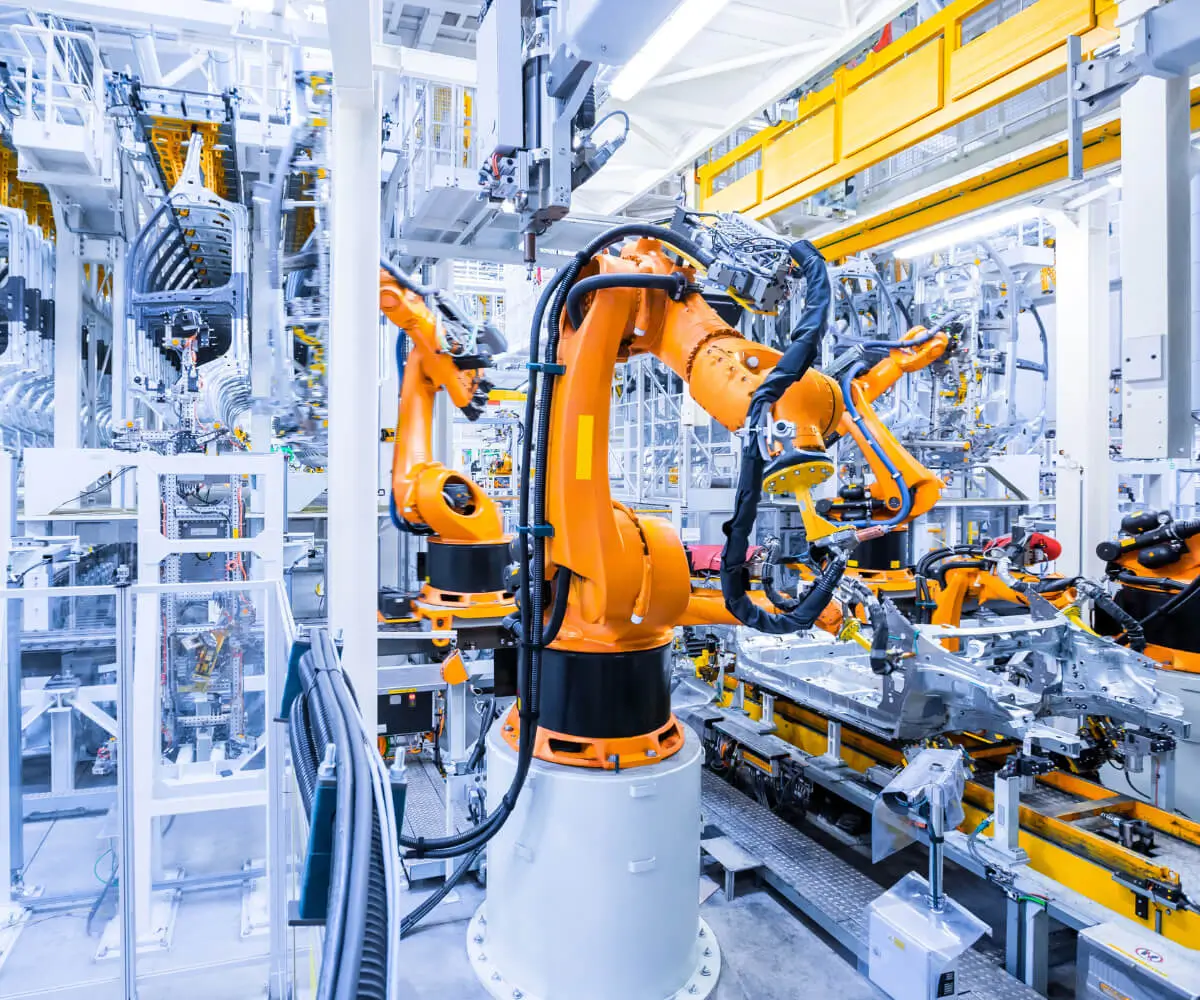Unveiling the Magic of Arduino Servo Motors: Bridges Between Imagination and Reality
In the ever-expanding universe of do-it-yourself electronics and robotics, one tiny component often stands out for its versatility and simplicity—the servo motor. When paired with Arduino, an accessible and open-source microcontroller platform, the servo motor transforms experimental ideas into tangible, moving creations. Whether you’re a beginner eager to dip your toes into robotics or an experienced maker looking to refine your projects, understanding the ins and outs of Arduino servo motors is a voyage worth taking.

What Is an Arduino Servo Motor?
At its core, a servo motor is an actuator—a device that converts electrical signals into precise physical motion. Unlike regular motors, which spin continuously in one direction or another, servo motors are designed for positional control. They can rotate to a specific angle—say, 0°, 90°, or 180°—and hold that position with high accuracy. This feature makes servo motors indispensable in applications where controlled, repeatable movement is essential.
When integrated with Arduino, a microcontroller-based platform celebrated for its simplicity and flexibility, servo motors become accessible tools for implementing complex movements in robotics, automation, and art installations. The Arduino ecosystem offers dedicated libraries and straightforward code examples, lowering the barrier for beginners to bring their ideas to life.
Why Choose Arduino Servo Motors?
There are several reasons hobbyists and professionals alike favor Arduino servo motors:
Ease of Use: Thanks to dedicated Arduino libraries like Servo.h, controlling a servo motor becomes as simple as a few lines of code. No complex hardware circuitry or high-level programming experience required.
Precision and Reliability: Servo motors can achieve precise positioning, often within a fraction of a degree, making them suitable for tasks like robotic arms, camera gimbals, and proportional control mechanisms.
Cost-Effective: Most servo motors compatible with Arduino are affordable and readily available in various sizes and torque capacities, fitting diverse project needs.
Compact and Versatile: Tiny servo units can fit into intricate designs, while larger ones offer more torque for heavier loads.
Understanding Types of Servo Motors for Arduino
While the term "servo" might conjure images of a single component, there are different types that serve different purposes:
Standard Servos: The most common type, operating typically between 0° and 180°, ideal for hobby projects.
Digital Servos: Offer faster response time and greater precision thanks to digital control signals, often used in high-performance applications.
Continuous Rotation Servos: These act like motors that can rotate endlessly, controlled by speed and direction signals, suitable for driving wheels or other continuous movement tasks.
Smart Servos: Incorporate advanced features like feedback sensors, allowing for more accurate and complex control schemes.
Getting Started: Basic Components Needed
To begin experimenting with Arduino servo motors, you’ll need a few essential components:
Arduino Board: Uno, Mega, Nano, or any compatible model.
Servo Motor: Choose based on your project's torque and size requirements.
Power Supply: While many small servos can run directly from Arduino’s 5V pin, larger ones may require dedicated power sources to avoid overloading the board.
Connecting Wires: To connect the servo to your Arduino.
Breadboard (Optional): For prototyping connections neatly.
The wiring setup is straightforward: connect the servo’s power (usually red) to 5V, ground (black or brown) to GND, and the control signal to a digital PWM pin on Arduino, like pin 9.
Basic Code to Control a Servo Motor
Control is achieved via software in the Arduino IDE, which includes the Servo.h library. Here’s a simple example demonstrating how to rotate a servo to 0°, 90°, and 180° in sequence:
#include Servo myServo; void setup() { myServo.attach(9); // Attach servo to pin 9 } void loop() { myServo.write(0); // Move to 0 degrees delay(1000); myServo.write(90); // Move to 90 degrees delay(1000); myServo.write(180); // Move to 180 degrees delay(1000); }
This sketch makes the servo sweep between positions, illustrating how simple it is to achieve fundamental movement.
Controlling Multiple Servos
For projects requiring more than one servo, you can instantiate multiple Servo objects and attach each to different pins. Keep in mind that powering multiple servos may necessitate a stronger power supply to prevent brownouts or resets.
First Steps with Practical Projects
Robotic Arm: Use multiple servos to mimic joint movements, creating a programmable robotic arm capable of gripping and lifting objects.
Camera Gimbal: Stabilize or pan a camera smoothly using servo motors for precise angle control.
Automated Door or Valve: Use servos to toggle mechanical parts remotely or based on sensor input.
Challenges to Watch Out For
While using Arduino servo motors is rewarding, a few challenges are worth noting:
Power Management: Servos draw considerable current during movement, which can cause voltage dips if powered directly from the Arduino. Employ external power supplies when controlling multiple or large servos.
Noise and Vibration: Servos can generate noise during operation. Proper mounting and smooth control signals can reduce unwanted vibrations.
Overloading: Servos have torque limits. Pushing a servo beyond its rated capacity can cause installation failure or damage.
Summary of Part 1
Getting familiar with Arduino servo motors opens a world of possibilities, making automated systems more accessible than ever. Their ease of use, combined with versatility and affordability, makes them a cornerstone component in both hobbyist and professional projects. As we move to the next part, we’ll explore advanced control strategies, integration with sensors, and innovative project ideas that push the boundaries of what a servo motor can achieve.
Kpower has delivered professional drive system solutions to over 500 enterprise clients globally with products covering various fields such as Smart Home Systems, Automatic Electronics, Robotics, Precision Agriculture, Drones, and Industrial Automation.




































